The Rise of Mobile POS (mPOS) in Small Businesses
The way businesses handle payments has undergone a massive transformation in recent years. Gone are the days when cash registers and bulky point-of-sale (POS) systems were the only options. Today, mobile POS (mPOS) solutions are revolutionizing transactions, especially for small businesses.
With the rise of smartphones, contactless payments, and on-the-go commerce, mPOS systems provide flexibility, affordability, and advanced features that traditional systems can’t match. This blog explores why mPOS is booming, its benefits for small businesses, and how it’s shaping the future of retail and service industries.
What is Mobile POS (mPOS)?
A mobile POS (mPOS) system is a portable, smartphone or tablet-based payment solution that allows businesses to accept payments anywhere. Unlike traditional POS systems that require wired terminals, mPOS uses:
-
A mobile device (smartphone/tablet)
-
A card reader (Bluetooth, NFC, or plug-in)
-
A payment processing app (Square, Shopify POS, SumUp, etc.)
These systems enable businesses to process credit/debit cards, digital wallets (Apple Pay, Google Pay), and even QR-based payments without needing a fixed checkout counter.
Why is mPOS Booming Among Small Businesses?
Several factors are driving the rapid adoption of mPOS:
1. Affordability & Low Startup Costs
Traditional POS systems can cost thousands of dollars in hardware and software fees. In contrast, mPOS solutions like Square or PayPal Zettle offer free or low-cost apps with card readers starting at just $50. This makes them ideal for startups and small businesses with tight budgets.
2. Flexibility & Mobility
-
Pop-up shops, food trucks, and market vendors no longer need a fixed checkout station.
-
Service-based businesses (plumbers, electricians, personal trainers) can accept payments on-site.
-
Retailers can turn any counter into a checkout point during peak hours.
3. Faster, More Secure Transactions
-
Contactless payments (NFC-enabled) speed up checkout times.
-
Encrypted transactions reduce fraud risks compared to cash or manual card entry.
4. Integration with Business Tools
Many mPOS systems sync with:
✔ Inventory management (auto-updates stock levels)
✔ Customer relationship management (CRM) (tracks buyer history)
✔ E-commerce platforms (unifies online & offline sales)
5. Consumer Demand for Digital Payments
-
Over 60% of consumers prefer card or mobile payments over cash (Statista 2024).
-
Millennials and Gen Z expect fast, cashless transactions.
Real-World Success Stories
Case 1: Food Truck Increases Sales by 30%
A taco truck in Austin, Texas, switched from cash-only to Square’s mPOS, allowing them to:
-
Accept credit cards and Apple Pay (reducing customer drop-offs).
-
Track best-selling items via sales analytics.
-
Cut cash handling risks (theft, human error).
Result: 30% revenue growth in 3 months.
Case 2: Boutique Store Expands to Pop-Ups
A small fashion boutique in London used Shopify POS to:
-
Sell at weekend markets without a fixed terminal.
-
Sync inventory between online and offline sales.
-
Offer loyalty discounts via the POS app.
Result: 40% more sales at pop-up events.
Key Features to Look for in an mPOS System
Not all mPOS solutions are the same. When choosing one, consider:
| Feature | Why It Matters |
|---|---|
| Offline Mode | Processes payments even without internet (crucial for events). |
| Multi-Payment Support | Accepts cards, digital wallets, QR codes, and BNPL (Buy Now, Pay Later). |
| Inventory Sync | Automatically updates stock levels to prevent overselling. |
| Receipt & Invoicing | Sends digital receipts via email/SMS (saves paper). |
| Analytics Dashboard | Tracks sales trends, peak hours, and customer behavior. |
Challenges & Considerations
While mPOS offers many benefits, businesses should be aware of:
1. Transaction Fees
Most mPOS providers charge 2-3% per transaction, which can add up for high-volume sales.
2. Device & Battery Dependency
-
Smartphones/tablets must stay charged.
-
Internet reliability affects performance (unless offline mode is available).
3. Security Concerns
-
Must use PCI-compliant systems to avoid data breaches.
-
Regular software updates are essential.
The Future of mPOS
The mPOS market is expected to grow by 18% annually (Grand View Research, 2024), driven by:
-
5G & faster mobile networks (enabling smoother transactions).
-
AI-powered analytics (predictive sales insights).
-
More BNPL & crypto payment integrations.
Conclusion: Is mPOS Right for Your Business?
For small businesses, mPOS is a game-changer—offering cost savings, mobility, and smarter sales tools. Whether you run a café, retail store, or service business, adopting an mPOS system can:
✅ Boost sales by accepting more payment types.
✅ Save time with automated inventory and reporting.
✅ Enhance customer experience with faster, digital checkouts.
If you haven’t explored mPOS yet, now is the time. Start with a low-cost provider like Square or SumUp, test it at small events, and scale up as your business grows.
No comments




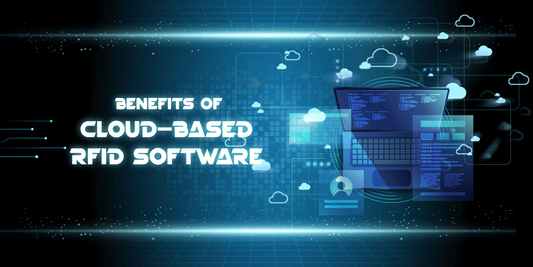
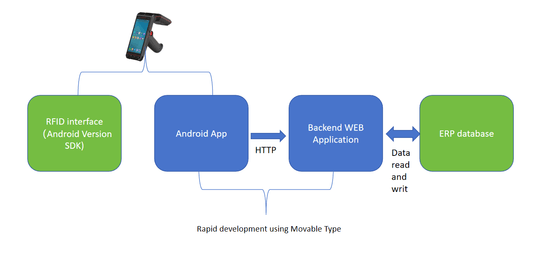
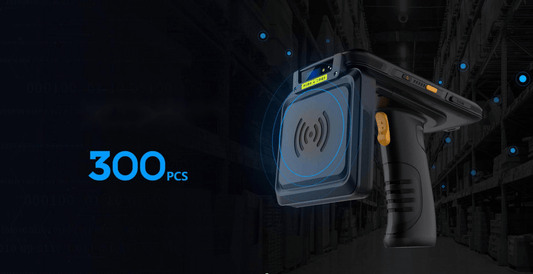
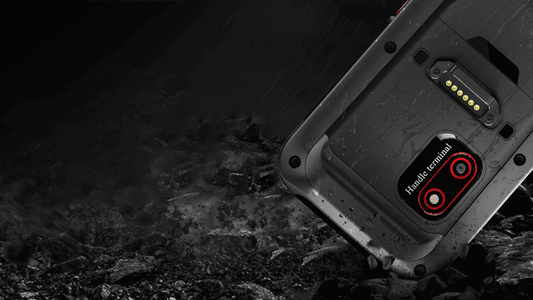


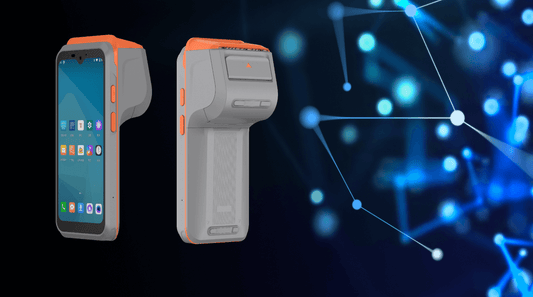
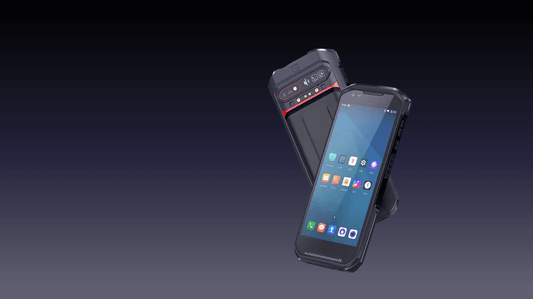
0 comments